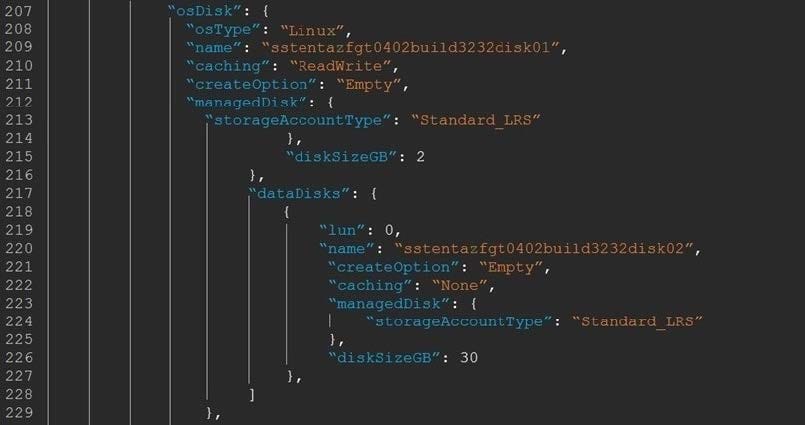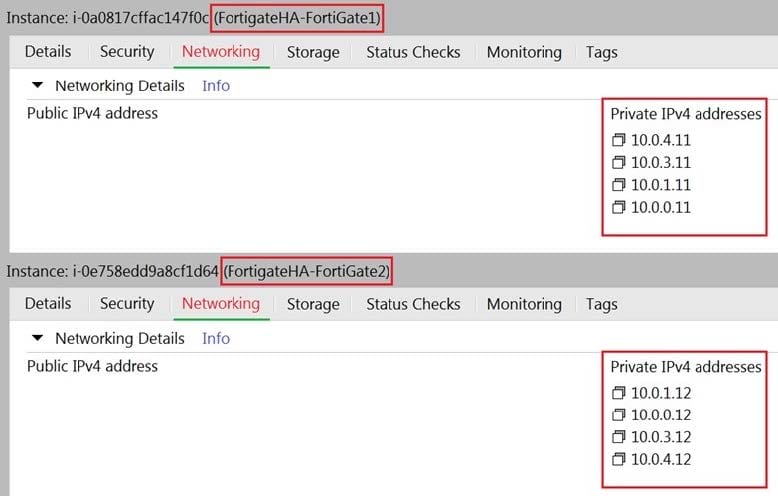Fortinet NSE 7 - Public Cloud Security 6.4: NSE7_PBC-6.4
Want to pass your Fortinet NSE 7 - Public Cloud Security 6.4 NSE7_PBC-6.4 exam in the very first attempt? Try Pass2lead! It is equally effective for both starters and IT professionals.
- Vendor: Fortinet
- Exam Code: NSE7_PBC-6.4
- Exam Name: Fortinet NSE 7 - Public Cloud Security 6.4
- Certifications: Fortinet Certifications
- Total Questions: 30 Q&As( View Details)
- Updated on: Mar 09, 2025
- Note: Product instant download. Please sign in and click My account to download your product.

- Q&As Identical to the VCE Product
- Windows, Mac, Linux, Mobile Phone
- Printable PDF without Watermark
- Instant Download Access
- Download Free PDF Demo
- Includes 365 Days of Free Updates

VCE
- Q&As Identical to the PDF Product
- Windows Only
- Simulates a Real Exam Environment
- Review Test History and Performance
- Instant Download Access
- Includes 365 Days of Free Updates
Passing Certification Exams Made Easy
Everything you need prepare and quickly pass the tough certification exams the first time
- 99.5% pass rate
- 7 Years experience
- 7000+ IT Exam Q&As
- 70000+ satisfied customers
- 365 days Free Update
- 3 days of preparation before your test
- 100% Safe shopping experience
- 24/7 Support
Fortinet NSE7_PBC-6.4 Last Month Results
Free NSE7_PBC-6.4 Exam Questions in PDF Format
Related Fortinet Certifications Exams
NSE7_PBC-6.4 Online Practice Questions and Answers
Questions 1

Refer to the exhibit. You attempted to deploy the FortiGate-VM in Microsoft Azure with the JSON template, and it failed to boot up. The exhibit shows an excerpt from the JSON template.
What is incorrect with the template?
A. The LUN ID is not defined.
B. FortiGate-VM does not support managedDisk from Azure.
C. The caching parameter should be None.
D. The CreateOptions parameter should be FromImage.
Questions 2
Which two statements about Amazon Web Services (AWS) networking are correct? (Choose two.)
A. Proxy ARP entries are disregarded.
B. 802.1q VLAN tags are allowed inside the same virtual private cloud.
C. AWS DNS reserves the first host IP address of each subnet.
D. Multicast traffic is not allowed.
Questions 3

Refer to the exhibit. You are configuring an active-passive FortiGate clustering protocol (FGCP) HA configuration in a single availability zone in Amazon Web Services (AWS), using a cloud formation template.
After deploying the template, you notice that the AWS console has IP information listed in the FortiGate VM firewalls in the HA configuration. However, within the configuration of FortiOS, you notice that port1 is using an IP of 10.0.0.13, and port2 is using an IP of 10.0.1.13.
What should you do to correct this issue?
A. Configure FortiOS to use static IP addresses with the IP addresses reflected in the ENI primary IP address configuration (as per the exhibit).
B. Delete the deployment and start again. You have in put the wrong parameters during the cloud formation template deployment.
C. Configure FortiOS to use DHCP so that it will get the correct IP addresses on the ports.
D. Nothing, in AWS cloud, it is normal for a FortiGate ENI primary IP address to be different than the FortiOS IP address configuration.
Reviews
-
So happy. I passed the exam with the help of this material. Good luck to you.
-
I want to say thank you to you guys. This is the first time I buy dumps from you while I think I will be a regular customer.
-
Yes, i have passed the exam by using this dumps,so you also can try it and you will have unexpected achievements. Recommend to all.
-
Passed with 927/1000 yesterday.This dumps is valid. Thank you all !!!
-
This dumps is valid. I just pass the exam with it. The answers are accurate.Recommend.
-
I studied this dumps, took some online trainings. At last I pass my exam today.
-
thanks for the advice. I passed my exam today! All the questions are from your dumps. Great job.
-
Thanks for your help I pass my exam. I will be your regular customer and recommend you to all my colleagues.
-
Passed today with full score. I prepare only with this dumps. Valid.
-
This Dump is 100% valid, Pass today. Dump valid.


 Printable PDF
Printable PDF